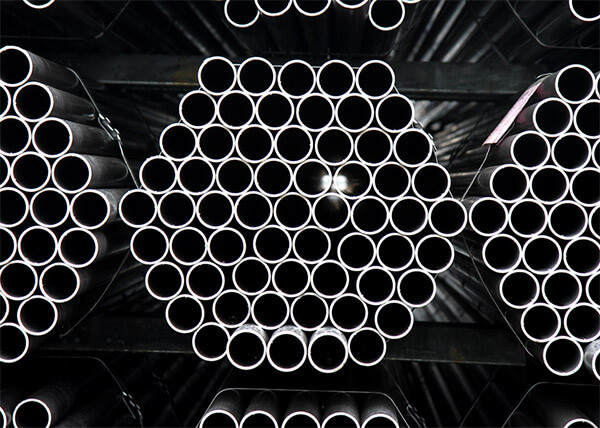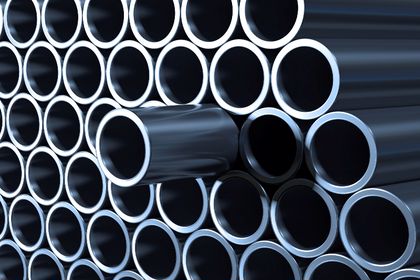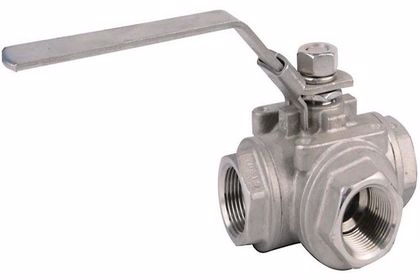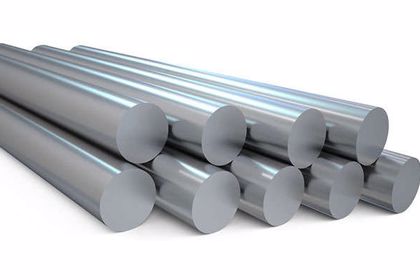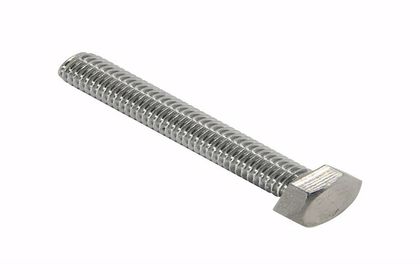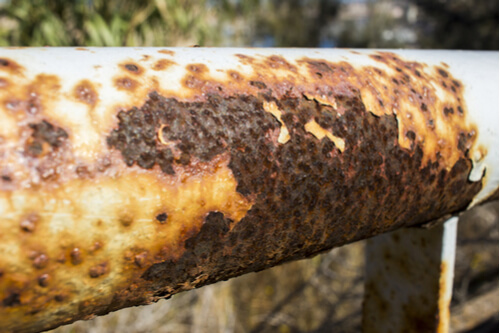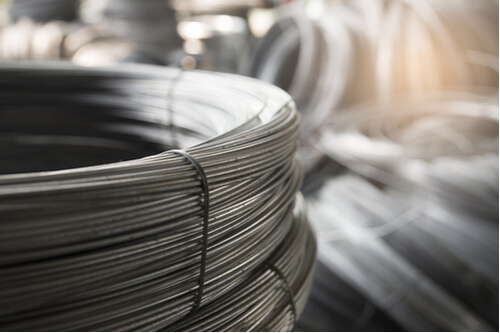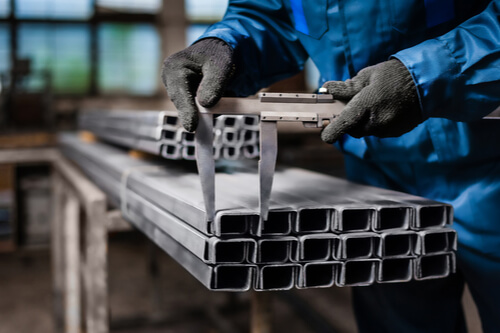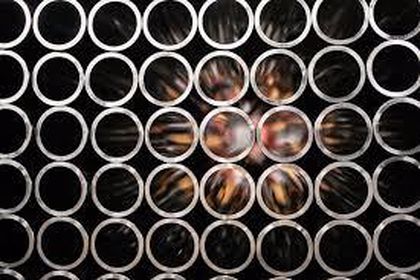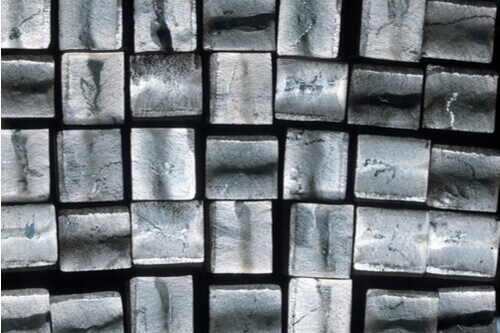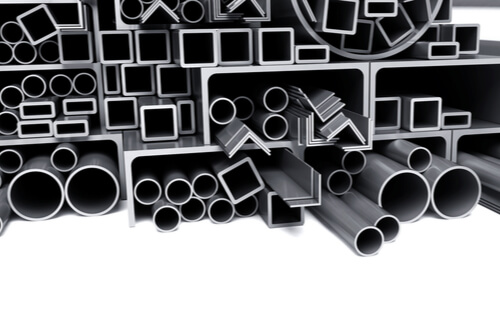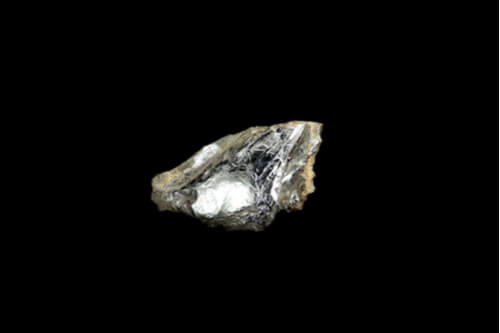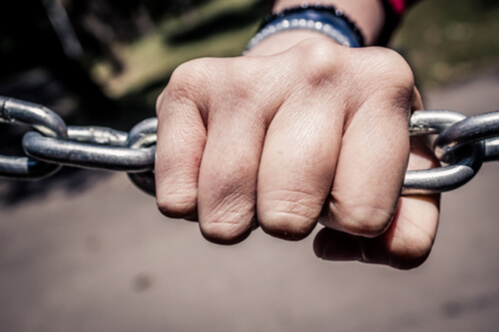Ürünleri İncele
Kalite Güvenceli Son Teknoloji
BorşenYerli
Üretim
%100 Yerli Üretici Sertifikası ile seri üretim

Kalite
Kontrol
Son teknoloji takibiyle daima en iyi kalite
Stok
Gücü
20.000 ürün çeşidiyle anında çözümler
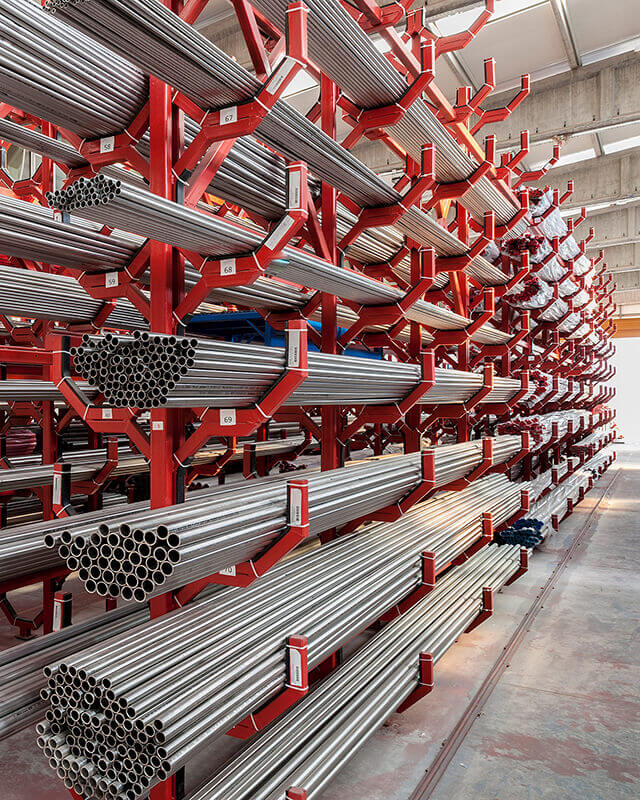
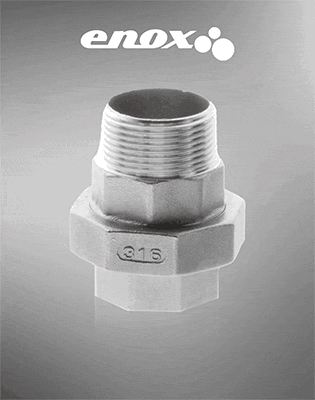
HAKKIMIZDA
Sanayimizin gücüne
Hakkımızda
Sanayimizin gücüne
Borşen gücü katıyoruz
- Ø19 mm-Ø76.1 mm arası T.I.G kaynaklı tavlama ünitesine sahip üretim hattı,
- Ø88.9 mm-Ø219.1 mm arası Lazer kaynaklı üretim hattı,
- Ø19 mm-Ø76.1 mm arası Lazer kaynaklı üretim hattı,
- Dilme hattı,
Hakkımızda

SAYILARLA BORŞEN
SAYILARLA BORŞEN
Borşen
41

YILLIK TECRÜBE
1983 Yılından beri süre gelen kalite anlayışı
15

BİN TON
Yerli ve milli dikişli boru üretim kapasitesi
20

BİN ÇEŞİT
Ürün ile Avrupa’nın sayılı stokçusu
56

BİN METREKARE
İstanbul Fabrika, İstanbul depo ve Adana depo ile Türkiye’nin her yerinde
BORŞEN




